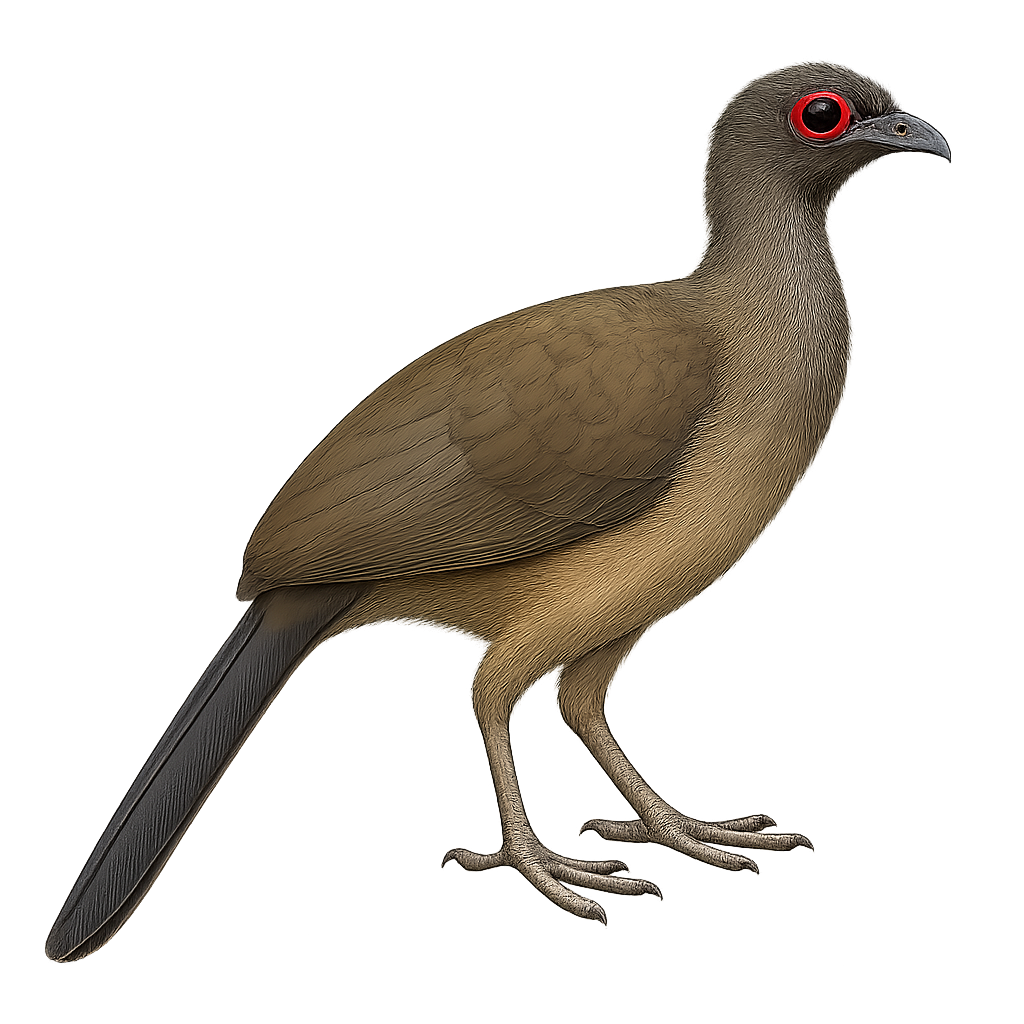Your wildlife photography guide.
Explore the west mexican chachalaca in detail, study its behavior, prepare your shots.
Where to observe and photograph the west mexican chachalaca in the wild
Learn where and when to spot the west mexican chachalaca in the wild, how to identify the species based on distinctive features, and what natural environments it inhabits. The WildlifePhotographer app offers tailored photography tips that reflect the west mexican chachalaca’s behavior, helping you capture better wildlife images. Explore the full species profile for key information including description, habitat, active periods, and approach techniques.
West Mexican Chachalaca
Scientific name: Ortalis poliocephala

IUCN Status: Least Concern
Family: CRACIDAE
Group: Birds
Sensitivity to human approach: Suspicious
Minimum approach distance: 10 m
Courtship display: April to June
Incubation: 22-26 jours
Hatchings: April to July
Habitat:
Dry forests, wooded areas, forest edges
Activity period :
Primarily active during the day, with peak activity in the morning and late afternoon.
Identification and description:
The West Mexican Chachalaca, scientifically known as Ortalis poliocephala, is a medium-sized bird belonging to the Cracidae family. It is primarily endemic to the tropical regions of Mexico. This bird is distinguished by its grey head contrasting with its olive-brown body. Chachalacas are often observed in noisy groups, feeding on fruits, leaves, and flowers in dry forests and wooded areas. They are known for their distinctive and loud call, often heard at dawn and dusk. Although they are relatively tolerant of human presence, they prefer dense habitats where they can easily hide. Their social behavior and adaptability to various habitats make them an interesting subject of study for ornithologists.
Recommended lens:
400mm – adjust based on distance, desired framing (portrait or habitat), and approach conditions.
Photography tips:
To photograph the West Mexican Chachalaca, it is advisable to use a telephoto lens of 400mm or more to capture detailed images without disturbing the bird. Look for them early in the morning or late in the afternoon when they are most active. Be patient and discreet, as they can be suspicious. Use a tripod to stabilize your camera and get sharp images. Take advantage of the soft natural light of dawn or dusk for photos with rich and natural colors.
The WildlifePhotographer App is coming soon!
Be the first to explore the best nature spots, track rutting seasons, log your observations, and observe more wildlife.
Already 1 431 wildlife lovers subscribed worldwide

